If your life or the life of someone you love has been hijacked by pain, you’re not alone. Pain affects more Americans than diabetes, heart disease, and cancer combined. In fact, one out of every three U.S. adults lives with chronic pain triggered by arthritis, chronic fatigue syndrome, disc problems, fibromyalgia, headaches, sciatica, or other causes. That’s why the experts at Mayo Clinic are working with The Great Courses to craft this research-based guide to coping with chronic pain, giving you access to the same knowledge that has made Mayo Clinic’s highly successful pain management programs so effective.
Almost all of us have experienced acute pain at some time in our lives from an accident, surgery, or dental work, for example. Your doctor most likely prescribed short-term medication, and when the cause of the pain healed, the pain itself and the need for medication were gone. You went back to your normal life.
But chronic pain is different. This is pain that persists for months or years after the initial pain source has healed, or is caused by long-term illness or disease. Or the cause might never be determined. This is pain that can transform a child, teen or adult from an outgoing, engaging individual to a person who wants nothing more than to lie alone in bed all day. This is pain that can rob you of your vitality, confidence, friendships, intimacy, and even your will to live.
But it does not have to be that way.
In The Mayo Clinic Guide to Pain Relief, Barbara K. Bruce, Ph.D., L.P., a clinical health psychologist in the Mayo Clinic Department of Psychiatry and Psychology and clinical director of Mayo Clinic’s Fibromyalgia Treatment Program and Chronic Abdominal Pain Program, provides a tried-and-true framework for coping with chronic pain caused by most sources. While acknowledging that everyone looks for a cure and wants their pain to come to an immediate and complete end, she points to a different approach: “I don’t want you to wait for a cure or pain relief before you move back into your life,” she says. “I want you to begin living your life today.”
In these 12 lectures, Mayo Clinic’s easy-to-understand scientific explanations and biology-based suggestions—supported by guest experts and helpful visual aids—can help you create a vibrant and fulfilling future for yourself, in spite of chronic pain.
Among a multitude of helpful solutions and approaches presented, Dr. Bruce specifically covers:
Creating a pain management program: Dr. Bruce shows you how to create your own individual program, utilizing the science behind what causes pain, as well as what behaviors can make it better or worse. She also explains the aspects of health that form the basis of a successful program, how to develop SMART goals, which non-traditional therapies may work for you, and the pros and cons of a structured program, always keeping in mind that these elements must be enacted with the help of a medical professional.
Why opioids don’t work for chronic pain: While medication can be highly successful for short-term pain and recovery from temporary injuries, opioid painkillers are ultimately not a healthy solution for long-term, non-cancer pain. Dr. Bruce looks at the research that demonstrates why this is and offers healthier long-term solutions.
The importance of other people: While we might consider pain a personal problem, Dr. Bruce looks at the social dimensions of pain, exploring how family and social support affects physical health, how mood both affects and is affected by pain and how this can impact your life, and how to build a health care team that combines professionals, caregivers, and other forms of social support.
“It’s All In Your Head.”
Because people dealing with chronic pain don’t always look “sick,” well-meaning friends and loved ones sometimes wonder if the pain isn’t “just all in your head.” If it’s all in your head, couldn’t you just “think” the pain away and get back to normal if you really wanted to? If only . . .
And yet, recent research on the physiological relationship between mind and body has revealed more truth to the “all in your head” concept than you might realize: While the experience of pain is a very real physical phenomenon, that phenomenon occurs in the central nervous system. What if we could alter how the brain experiences that pain?
As Dr. Bruce discusses these new theories, you’ll come to understand:
the various parts of the central and peripheral nervous systems and the role each plays in the Descending Pain Modulatory System
the extraordinary complexities in your brain’s interpretation and management of pain signals
the role played by the spine in managing pain signals
neuroplasticity and the brain’s ability to recruit extra power for processing pain signals
the gate control theory of pain and how it manifests in our daily lives
the use of “virtual reality” to reduce pain sensations
the phenomenon of central sensitization—dysregulation of the central nervous system—and its role in various causes of chronic pain
how a person with a pain-prone phenotype experiences pain
The Complicated Relationship Between Stress and Pain
We’ve all experienced the physical sensations of stress at some point in our lives: knotted stomach, pounding heart, sweating, headache, insomnia. But for those coping with chronic pain, the relationship between stress and physical symptoms is considerably more complex.
Dr. Bruce provides an in-depth examination of the body’s physiological responses to stress, including the complicated relationship between hormones and chronic pain; the ways excessive stress can “turn up the volume” on pain signals; the impact of depression, anxiety, and other mental health issues on the nervous system; and how to reduce stressors that can negatively impact your experience of pain. Not only does she look at physiological cause and effect, but Dr. Bruce also probes the complicated combination of benefit and stress that can come from social relationships, discussing tools to keep interpersonal stress to a minimum, how chronic pain can be affected by emotional upheaval like grief or PTSD, and the negative impact of social isolation.
Not only will The Mayo Clinic Guide to Pain Relief give you the information and tools you need to create and implement your unique pain-management plan with your physician, but the lectures conclude with experts guiding you through physical exercises and a meditation practice that you can refer to at any time. You will no longer need to postpone life until your pain goes away; with this course, your pain-management program begins now.
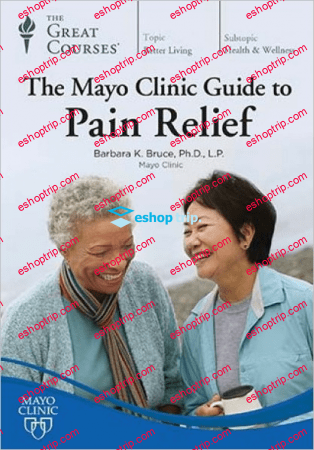

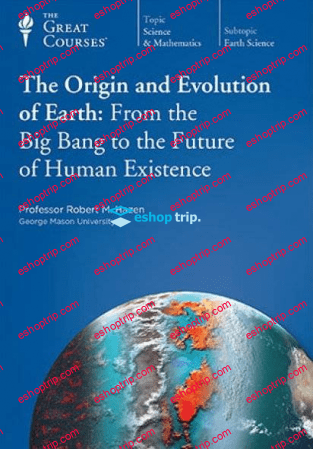





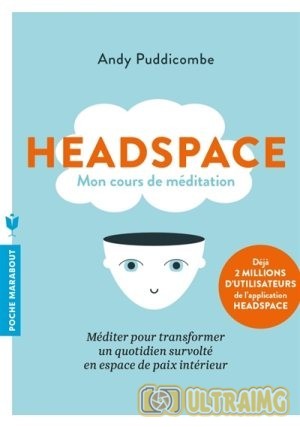
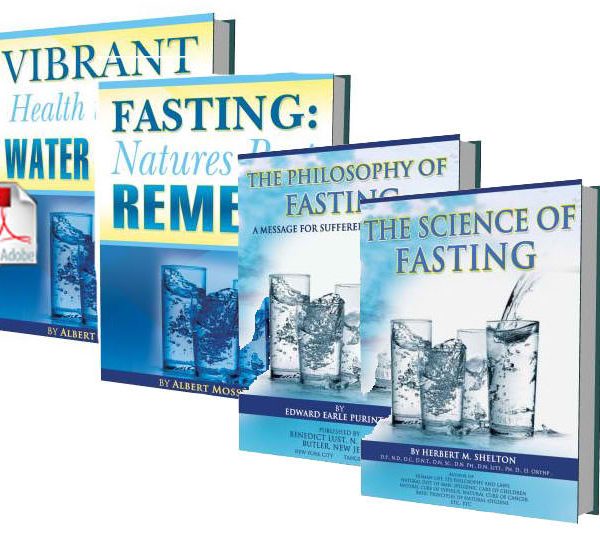
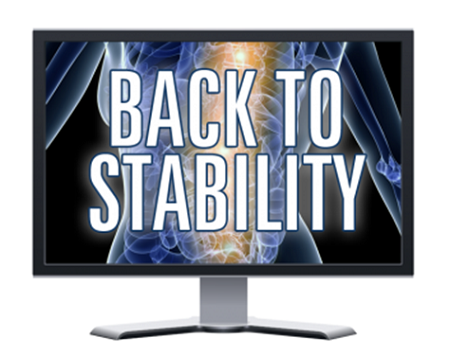
Reviews
There are no reviews yet.